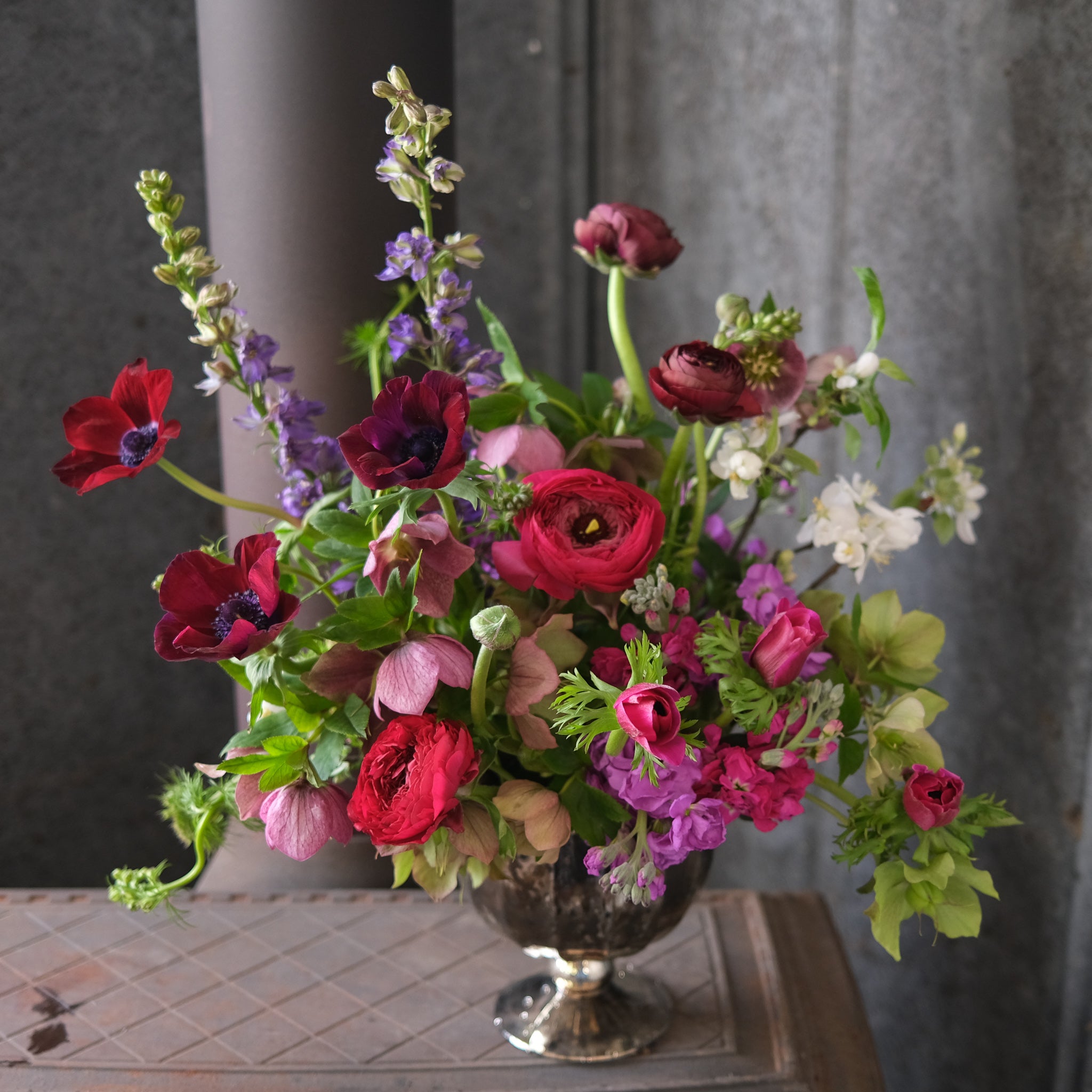July and August are two of the hottest months in the Bluegrass state, and our lawns and gardens feel the stress. One way to save yourself time and money on future summer watering is to invest in drought-tolerant plants for your outdoor space.
What makes a plant "drought-tolerant"?
Drought-tolerant plants are those that can usually survive on an area's typical rainfall with a little help from a garden hose now and then. Native plants are more likely to be drought-tolerant because they've evolved in tandem with their environment. Like any perennial, drought-tolerant plants need 1-3 years to properly establish themselves--but once they do, they shouldn't need lots of supplemental watering.
These perennials have a host of evolutionary tricks at their disposal to minimize water loss. Their roots run deep into the soil, giving them wider access to moisture. Their leaves are also specialized to keep them from losing as much moisture during transpiration--you'll see drought-tolerant plants with waxy leaves, water-rich succulent leaves, hairy leaves, or leaves in a grayish-green color. Some drought-tolerant plants like Kentucky bluegrass even have the ability to go dormant when conditions become adverse.
Steps for Success
If you're ready to add some drought-tolerant interest to your landscape, you'll need to keep a couple of factors in mind. First, any new plants will need to be "babied" during their first and sometimes second growing season. Make sure to water your additions regularly--they won't be drought-tolerant right away!--and deeply to promote maximum root growth.
Second, drought-tolerant plants perform best with their preferred level of light exposure. A shade-loving perennial will need more water if it's planted in direct sun, even if it's widely considered drought-tolerant.
Thirdly, the quality of your soil can make a great deal of difference in your plant's performance. Try to ensure that your soil doesn't become overly compact and that it includes plenty of organic material like compost. This provides a hospitable environment for root development, which will keep your perennials going strong during hot, dry spells.
Team Players
You may be surprised to discover that many popular perennials are drought-tolerant. While this isn't a complete list, here are some varieties to keep an eye out for:
- Stonecrop/sedum
- Lavender
- Hyssop
- Rudbeckia
- Russian sage
- Artemisia
Happy planting!


